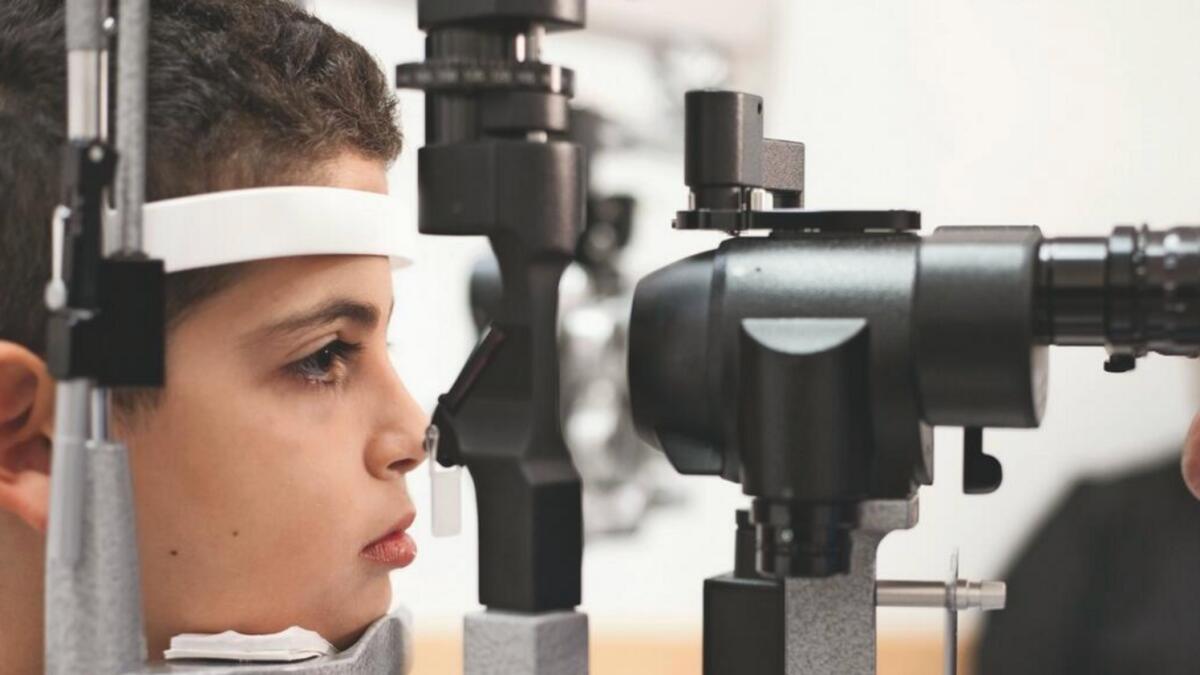According to doctors in the UAE, regular eye screenings for children, especially in the early years of their lives, are crucial in identifying and treating the condition known as ‘lazy eye’ or Amblyopia before it leads to irreversible damage. Research conducted at Rokers Vision Lab at NYU Abu Dhabi focuses on how the brain processes visual perception, particularly motion and depth, to enhance the understanding of brain functions and sensory processing, contributing to the treatment of visual conditions like amblyopia. Healthcare professionals stress the importance of early detection through regular eye exams as the condition can affect one eye or both eyes in more severe cases.
Dr. Wissam Charafeddin, consulting ophthalmologist at Novomed, highlights that amblyopia affects approximately 2-3% of children worldwide, emphasizing the need for parents to take their children for regular eye exams to improve outcomes. Early detection is key, with treatment being most effective when caught before the age of 7, although older children can still benefit from therapy in some cases. Signs of lazy eye syndrome include frequent squinting, consistent favoring of one eye, persistent headaches and eye strain, drooping eyelids, depth perception issues, and misalignment of the eyes.
Dr. Mohamed Wassfi, consultant ophthalmologist at Thumbay University Hospital, further explains that lazy eye syndrome may not always be obvious to parents, as it can be caused by underlying eye pathologies present from birth or developing during early childhood. Despite not being linked to environmental or lifestyle factors, it can often go unnoticed because young children may have difficulty articulating poor vision in one eye. Dr. Alina Mugnani Deza, Ophthalmologist in Barraquer, UAE, points out that ‘lazy eye’ could be an indicator of other health problems besides poor vision, including neurological disorders, cardiovascular diseases, and metabolic disorders like diabetes.
It is important for parents to be aware of the signs and symptoms of lazy eye syndrome, such as frequent squinting, favoring one eye, headaches, eye strain, drooping eyelids, depth perception issues, and misalignment of the eyes. Regular eye exams are crucial in detecting the condition early, as it can lead to irreversible damage if left untreated. Doctors emphasize the importance of early detection and treatment before the age of 7, although older children can still benefit from therapy in some cases. Lazy eye syndrome can be an indicator of other health problems, including neurological disorders, cardiovascular diseases, and metabolic disorders like diabetes, highlighting the need for comprehensive eye care for children.





















